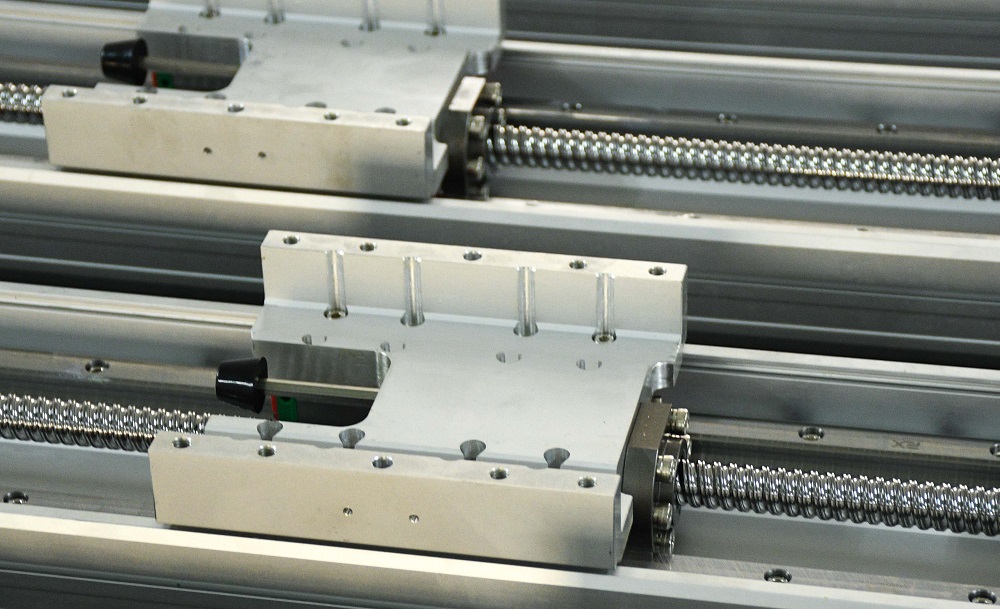In recent years, with the widespread development of automation in industries, linear motion modules are extensively used across various sectors. Some equipment exhibits shaking during adjustment, prompting the question: what causes this shaking during operation? What measures should we take to prevent it from occurring?

1. Improper Motor Drive Calibration
Many users install the linear motion module directly with the motor and start running it without properly configuring the internal parameters of the motor drive. This oversight often results in the module shaking during operation. Therefore, it is essential to adjust the parameters of the motor drive before use until the linear module operates smoothly.
2. Mismatched Lead of Selected Products
During module operation, some users overlook whether the lead of the linear module is suitable. They may demand high operating speeds while choosing a product with a small lead, thereby compromising rigidity. If the lead of the linear module is small, reducing the motor speed is necessary to ensure stable operation.
3. Quality Issues with the Product Itself
In order to cut costs, some customers opt for cheaper, substandard products, assuming they are adequate. As the saying goes, you get what you pay for; cheaper prices often correlate with poorer craftsmanship. Products from certain manufacturers may have inadequate details in their construction, directly affecting the linear module's normal operation.
4. Installation Problems
Differences in internal product structures sometimes lead to improper installation procedures or inadequate calibration, causing the linear module to operate erratically and shake. Therefore, it is advisable to manually push the slider before installation to check for smooth operation. If stability is confirmed, proceed with securing the module; otherwise, contact the manufacturer directly if shaking occurs.




